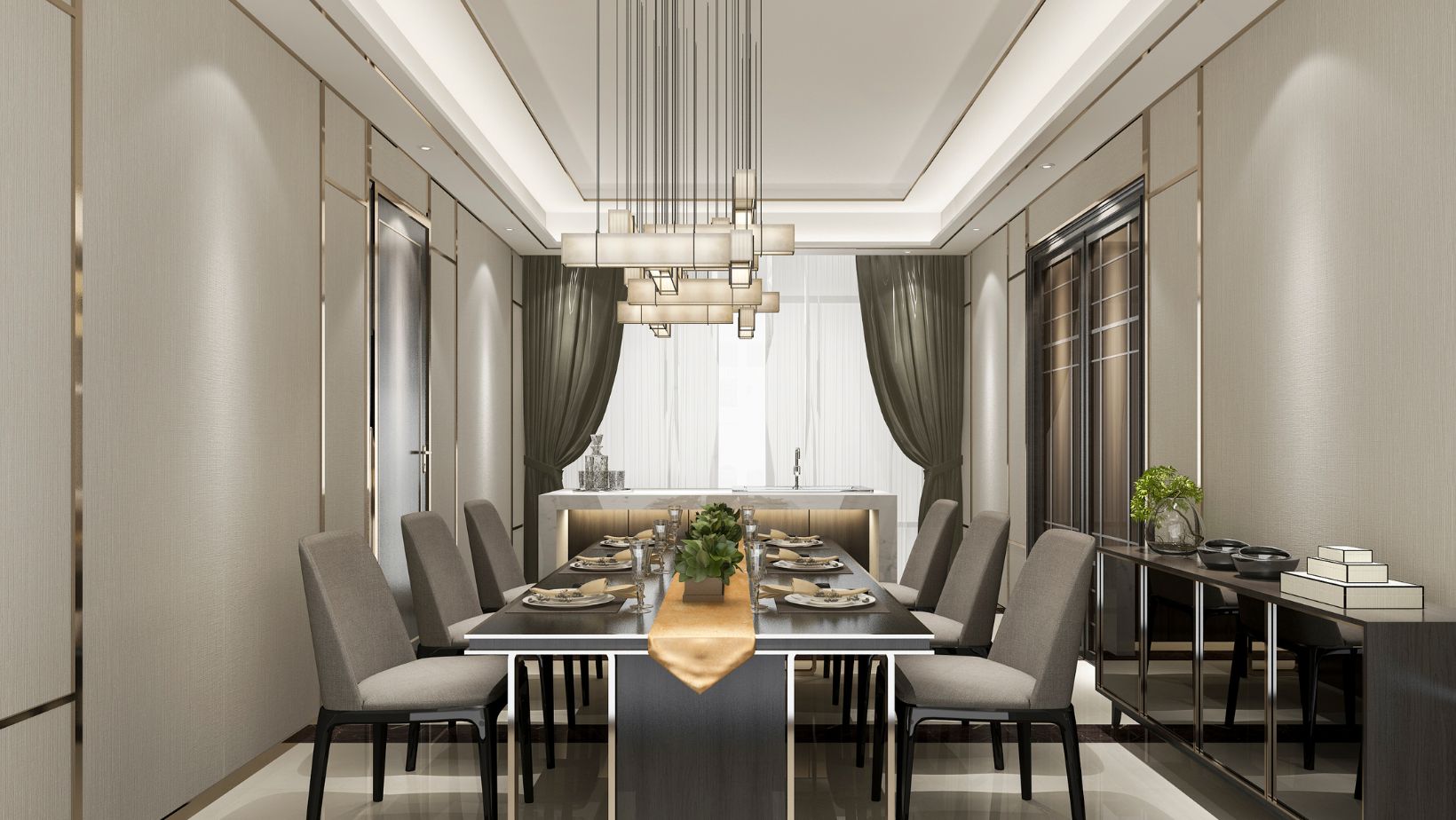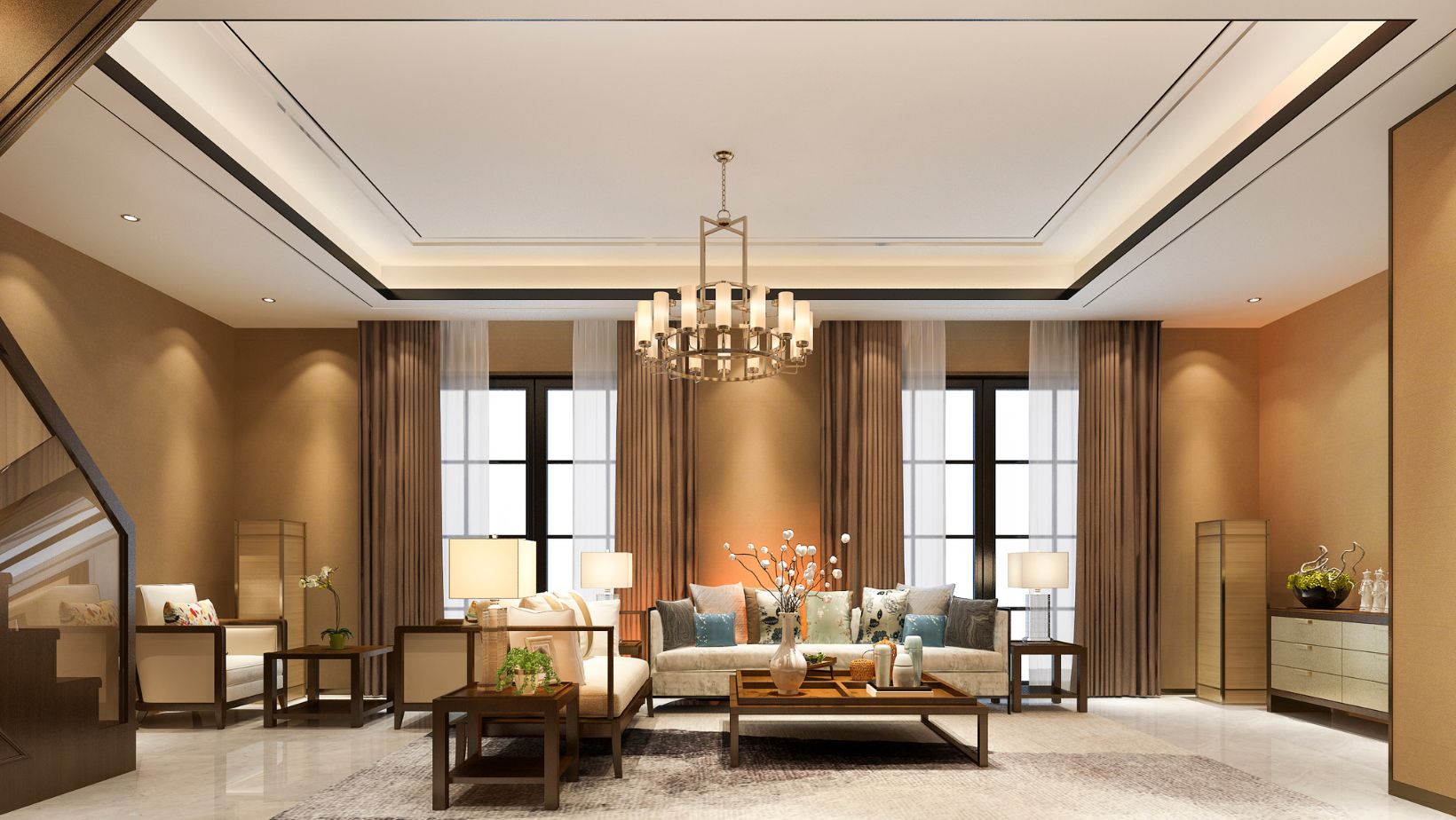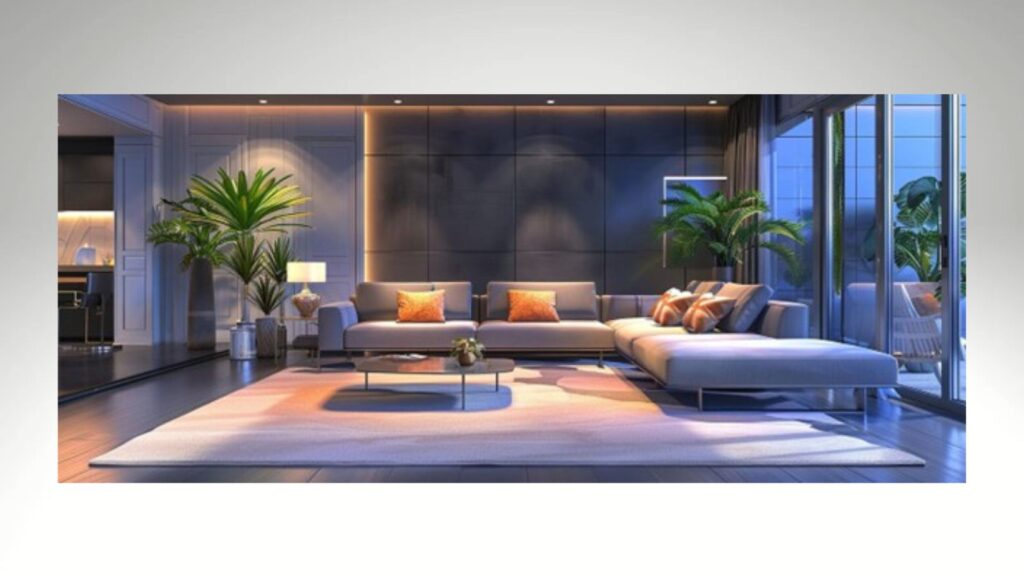Lighting has evolved far beyond its functional role to become a central design element that defines a room’s ambiance, mood, and functionality. Today, modern chandeliers and hanging lights are leading this transformation by integrating advanced technology, customizable designs, and sustainable practices. This guide explores the nuances of modern lighting, offering practical tips and expert advice on how to select the perfect fixture for every room in your home.
The Intersection of Design and Sustainability
Modern chandeliers are redefining sustainability through energy-efficient designs, says Kokopelli Real Estate experts. LED technology has become the gold standard, using 75% less energy and lasting up to 25 times longer than traditional incandescent bulbs. These innovations not only lower energy bills but also reduce your household’s carbon footprint.
For instance, LED-based chandeliers are perfect for dining rooms, offering soft, ambient light that complements intimate gatherings. In addition, contemporary wabi-sabi lighting emphasizes simplicity and natural materials, creating serene spaces while supporting eco-friendly living.
Types of Hanging Lights and Their Applications
Different rooms demand different lighting solutions.

Here’s a breakdown of the best types of chandeliers and hanging lights for each space:
Living Room
- Types: Multi-tier chandeliers, drum chandeliers, and geometric pendant lights.
- Specifications: Warm white (2700K–3000K) to create a cozy, inviting atmosphere. Dimmer controls are ideal for adjusting light intensity based on the occasion.
- Size: A chandelier should be proportional to the room; the diameter in inches should equal the room’s width and length (in feet) added together. For example, a 12’ x 16’ room would require a 28-inch-wide chandelier.
Dining Room
- Types: Linear chandeliers, cluster pendant lights, or crystal chandeliers.
- Specifications: Soft, warm white light (2700K) with a dimmable feature for mood-setting during meals.
- Placement: Hang the chandelier 30-36 inches above the dining table surface, with a diameter ½ to ⅔ the width of the table.
Kitchen
- Types: Island pendant lights, industrial-style chandeliers, and mini-pendants.
- Specifications: Bright neutral white light (3000K–4000K) for task lighting. Adjustable heights are beneficial for various kitchen tasks.
- Placement: Hang pendant lights 28-34 inches above the countertop. For kitchen islands, use multiple smaller pendants spaced evenly.
Bedroom
- Types: Drum chandeliers, crystal chandeliers, or flush-mount chandeliers.
- Specifications: Soft, warm white light (2700K) to create a relaxing environment. Consider chandeliers with dimming features or integrated night light options.
- Placement: Center the chandelier above the bed or in the middle of the room, ensuring a minimum clearance of 7 feet.
Bathroom
- Types: Mini chandeliers or pendant lights.
- Specifications: Bright neutral white light (3000K–4000K) for clear visibility. Choose fixtures rated for damp or wet locations.
- Placement: Over the vanity or centered in the ceiling, avoiding direct contact with water.
Lighting Colors, Intensities, and Hues
The color temperature of your lighting plays a crucial role in setting the mood:
- 2700K–3000K (Warm White): Best for living rooms, dining rooms, and bedrooms, as it creates a cozy and relaxing ambiance.
- 3000K–4000K (Neutral White): Ideal for kitchens, bathrooms, and workspaces where clarity is important.
- 4000K–5000K (Cool White): Suited for task-oriented spaces like garages or workshops.

Lighting intensity should be tailored to the room’s purpose. Dimmer switches are invaluable for creating versatile spaces, allowing you to adjust brightness as needed.
Customizable Modern Chandeliers
Customization is a growing trend in lighting design. From adjustable heights and interchangeable shades to modular fixtures, today’s chandeliers can be tailored to fit your exact needs. ULURU Lighting, for example, offers a range of customizable chandeliers made from sustainable materials like recycled metals and glass. These fixtures not only enhance a space’s aesthetic but also reflect a commitment to environmental responsibility.
Frequently Asked Questions (FAQs)
Q: What size chandelier should I choose for my dining table?
A: The diameter of your chandelier should be ½ to ⅔ the width of your dining table. For example, if your table is 48 inches wide, choose a chandelier with a diameter of 24-32 inches.
Q: What is the ideal height for hanging a chandelier?
A: In dining rooms, chandeliers should hang 30-36 inches above the table. In rooms with higher ceilings, leave at least 7 feet of clearance for people to walk underneath.
Q: Are LED chandeliers worth the investment?
A: Yes, LED chandeliers are energy-efficient, long-lasting, and eco-friendly. They reduce electricity costs and require less frequent replacements compared to traditional bulbs.
Q: How do I match a chandelier to my room’s decor?
A: Consider the room’s overall style and color palette. For modern spaces, choose sleek designs with clean lines. For traditional rooms, opt for ornate chandeliers with crystals or intricate details.
Q: Can chandeliers be installed on sloped ceilings?
A: Yes, many modern chandeliers come with adjustable mounting options to accommodate sloped or vaulted ceilings.
Q: What type of light works best for small rooms?
A: Mini chandeliers or pendant lights with a minimalist design are ideal for smaller spaces, as they provide ample light without overwhelming the room.


More Stories
Modern Minimalist Interior Design: Less is More
Patterns in Interior Design: Unlocking the Secret to Stunning Spaces
Quiet Luxury Interior Design: Transform Your Space with Subtle Elegance